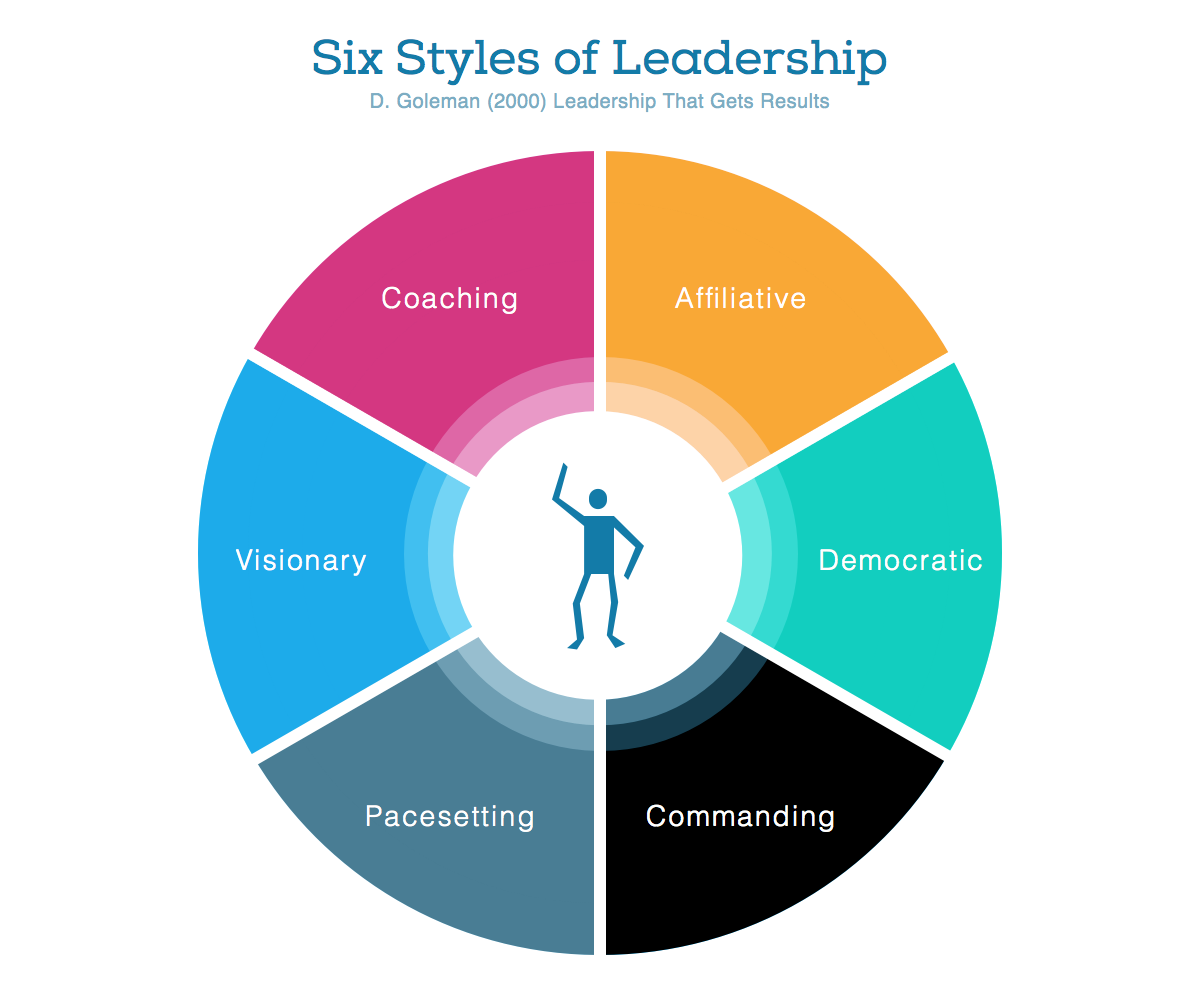
Leadership styles
Leadership. It’s a word that conjures up images of power, influence, and maybe even a bit of intimidation. But in reality, leadership comes in many shapes and sizes. There’s no one-size-fits-all approach, and what works for one team might completely flop with another.
So, let’s ditch the stuffy jargon and dive into the world of leadership styles in a way that’s actually enjoyable to read.
1. The “Hands-Off” Boss: The Laissez-Faire Leader

Imagine a boss who basically lets their team run wild. That’s the laissez-faire leader. They provide minimal guidance, offer little to no supervision, and generally stay out of the way.
Pros:
Increased creativity and autonomy: Team members feel empowered to make their own decisions and explore innovative solutions.

Cons:
Lack of direction: Without clear guidance, projects can easily go off track.
When it might work:
Highly skilled and experienced teams: Individuals who are self-motivated and require minimal supervision.
2. The “Friendly Guide”: The Democratic Leader
The democratic leader is all about teamwork and collaboration. They encourage input from everyone, actively listen to suggestions, and make decisions based on group consensus.
Pros:
High employee morale: Team members feel valued and respected.
Cons:
Slower decision-making: Reaching consensus can be time-consuming.
When it might work:
Teams working on complex projects: Where diverse perspectives are crucial.
3. The “Commanding Officer”: The Authoritarian Leader
This style is all about control. The authoritarian leader makes all the decisions, dictates work assignments, and expects strict obedience. There’s little room for discussion or dissent.
Pros:
Quick decision-making: Decisions can be made swiftly without the need for lengthy discussions.
Cons:
Low employee morale: Team members may feel stifled and undervalued.
When it might work:
Crisis situations: When quick and decisive action is required.
4. The “Mentor”: The Transformational Leader
The transformational leader is all about inspiring and motivating their team. They focus on long-term goals, encourage personal and professional growth, and create a positive and inspiring work environment.
Pros:
High employee morale and engagement: Team members feel inspired and motivated to achieve great things.
Cons:
Time-consuming: Building strong relationships and mentoring team members takes time and effort.
When it might work:
Organizations that prioritize employee development and growth.
5. The “Coach”: The Servant Leader
The servant leader prioritizes the needs of their team above their own. They focus on empowering and supporting their team members, creating a culture of trust and respect.
Pros:
High employee morale and job satisfaction: Team members feel valued and supported.
Cons:
May not be suitable for all situations: In some cases, a more assertive approach may be necessary.
When it might work:
Organizations that value employee well-being and work-life balance.
Choosing the Right Leadership Style
The most effective leadership style will vary depending on a number of factors, including:
The specific situation: Different styles may be more appropriate for different situations, such as during a crisis or when working on a complex project.
Flexibility is Key
It’s important to remember that the most effective leaders are often those who can adapt their style to fit the specific needs of the situation and the team.
Conclusion
Leadership is a complex and multifaceted skill. There’s no one-size-fits-all approach, and the most effective leaders are those who can adapt their style to fit the specific needs of the situation and the team. By understanding the different leadership styles and their potential benefits and drawbacks, you can develop a more effective and impactful leadership approach.